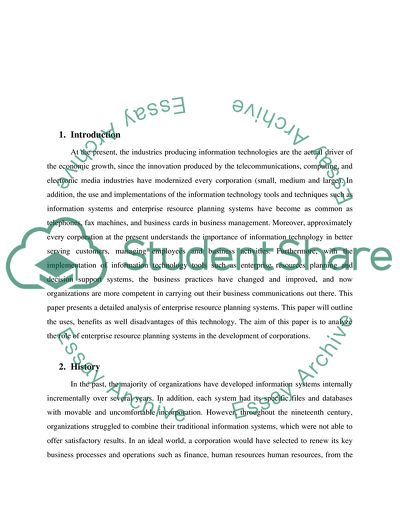Cite this document
(“Enterprise Resource Planning System Research Paper”, n.d.)
Retrieved from https://studentshare.org/information-technology/1565631-enterprise-resource-planning-system
Retrieved from https://studentshare.org/information-technology/1565631-enterprise-resource-planning-system
(Enterprise Resource Planning System Research Paper)
https://studentshare.org/information-technology/1565631-enterprise-resource-planning-system.
https://studentshare.org/information-technology/1565631-enterprise-resource-planning-system.
“Enterprise Resource Planning System Research Paper”, n.d. https://studentshare.org/information-technology/1565631-enterprise-resource-planning-system.


